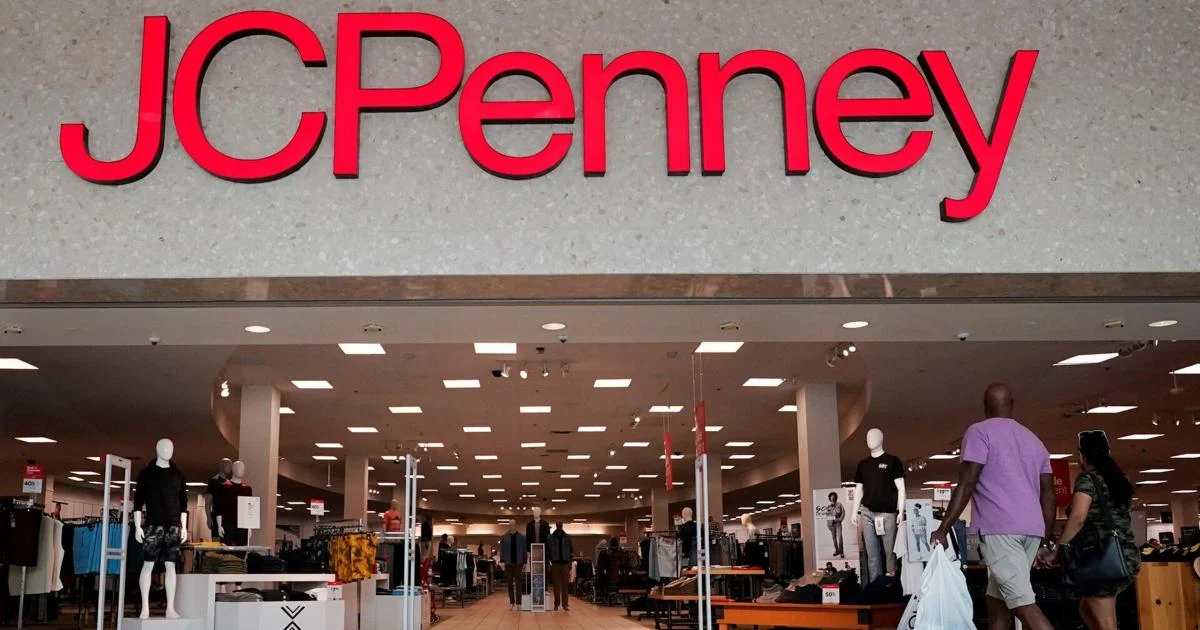Decodifying Perfume Barcodes: Understanding the Essence of ‘Codigo de Barras Perfume’ for Product Authentication
Introduction to Perfume Barcodes
Perfume barcodes come in various formats, with two of the most common being the Universal Product Code (UPC) and the European Article Number (EAN). These barcodes encode essential information about a perfume, such as its manufacturer, product type, and variant. By scanning these barcodes, retailers and consumers can access detailed product information and verify its authenticity.
How Perfume Barcodes Work
Perfume barcodes work by encoding numerical data into a series of parallel lines of varying widths. Each line represents a different digit, allowing barcode scanners to read and interpret the encoded information. For example, the first few digits of a barcode might indicate the country of origin or the manufacturer, while subsequent digits identify the specific product and variant.
Reading and interpreting perfume barcodes is made easy with barcode scanners and mobile apps. These tools provide instant access to product details, helping consumers make informed purchasing decisions and retailers manage their inventory efficiently.
Benefits of Using Barcodes for Perfumes
Challenges and Limitations of Barcode Technology in Perfumes
While barcodes offer numerous benefits, they are not without challenges. One of the primary concerns is counterfeit barcode labels, which can be replicated or tampered with by unauthorized entities. This highlights the importance of implementing robust security measures, such as holographic labels or encrypted codes, to prevent fraud and protect consumers.
Additionally, technological barriers, such as limited infrastructure or outdated systems, can hinder the widespread adoption of barcode technology in certain regions or markets. Overcoming these challenges requires collaboration between industry stakeholders, regulatory bodies, and technology providers to ensure the seamless integration of barcode systems.
Future Trends and Innovations in Perfume Barcode Technology
Looking ahead, the future of perfume barcode technology is ripe with innovation. One emerging trend is the integration of blockchain technology for enhanced security and traceability. By leveraging blockchain’s immutable ledger, perfume manufacturers can create verifiable records of each product’s journey from production to sale, reducing the risk of counterfeit products entering the market.
Another innovation on the horizon is the advancement of Radio-Frequency Identification (RFID) technology for real-time tracking and authentication. RFID tags embedded in perfume packaging enable seamless tracking throughout the supply chain, offering unparalleled visibility and security.
In conclusion, perfume barcodes play a vital role in ensuring product authenticity, enhancing inventory management, and building consumer trust. As technology continues to evolve, so too will the capabilities of barcode systems. This evolution will usher in a future where genuine perfumes are easily accessible and counterfeit products are a thing of the past.




